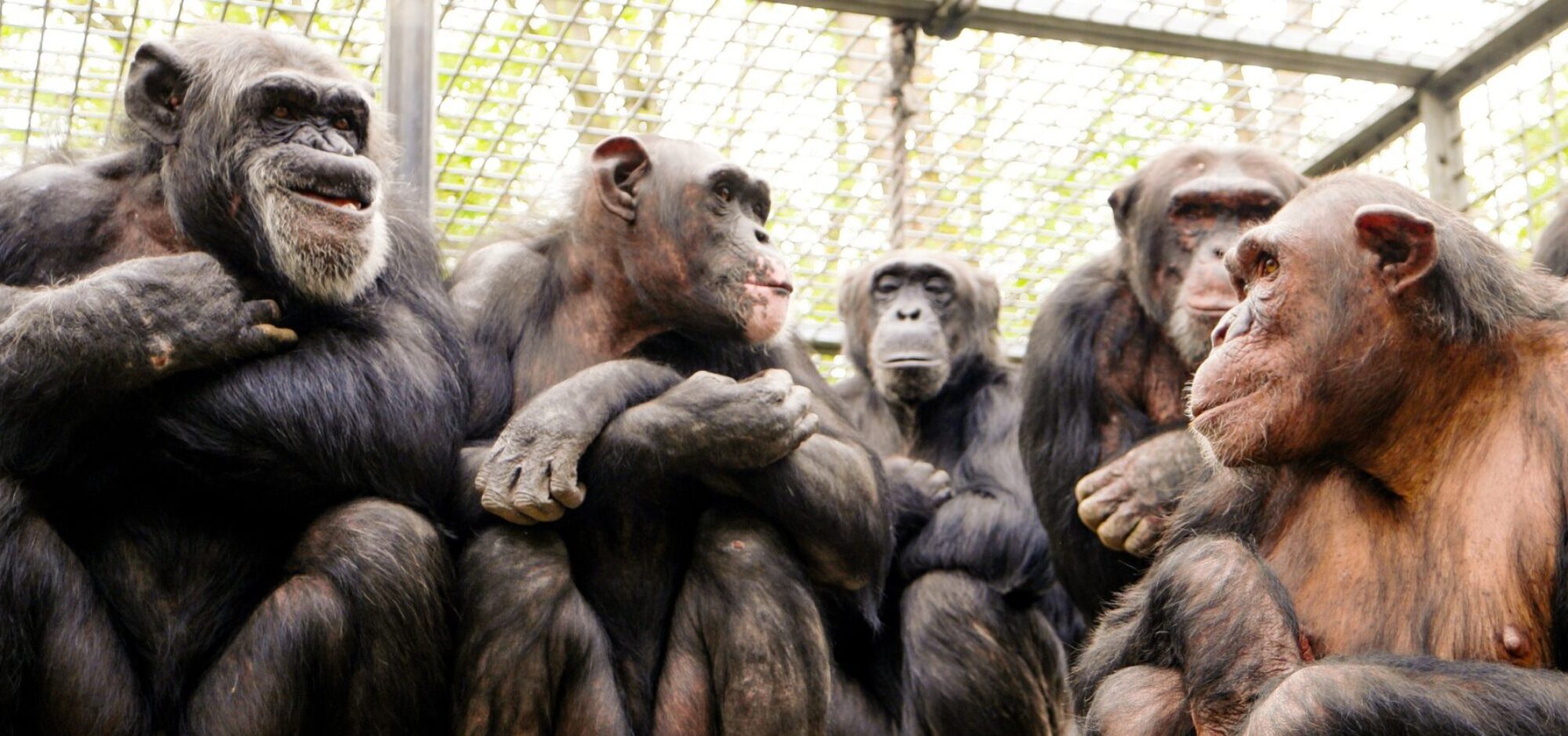“Can the brain resist the group opinion?
by National Research University Higher School of Economics
https://medicalxpress.com/news/2021-02-brain-resist-group-opinion.html
Scientists at HSE University have learned that disagreeing with the opinion of other people leaves a ‘trace’ in brain activity, which allows the brain to later adjust its opinion in favor of the majority-held point of view. The article was published in Scientific Reports.
We often change our beliefs under the influence of others. This social behavior is called conformity and explains various components of our behavior, from voting at elections to fashion trends among teenagers.
Brain research has recently been well informed about short-term effects of social influence on decision making. If our choice coincides with the point of view of the people who are important to us, this decision is reinforced in the brain’s pleasure centers involved in the larger dopaminergic system responsible for learning, motor activity and many other functions. Conversely, in instances of disagreement with others, the brain signals that a ‘mistake’ has been made and triggers conformity.
(…)
Thus, the opinions of others not only influence our behavior, but also cause long-term changes in the way our brains work. Apparently, the brain not only quickly adjusts to the opinions of others, but also begins to perceive information through the eyes of the majority in order to avoid social conflicts in the future.
“Our study shows the dramatic influence of others’s opinion on how we perceive information,” says HSE University Professor Vasily Klucharev, one of the authors of the study. “We live in social groups and automatically adjust our opinions to that of the majority, and the opinion of our peers can change the way our brain processes information for a relatively long time.”
“It was very interesting to use modern methods of neuro-mapping and to see traces of past conflicts with the opinion of the group in the brain’s activity,” adds Aleksei Gorin, a Ph.D. student at HSE University. “The brain absorbs the opinion of others like a sponge and adjusts its functions to the opinion of its social group.”
***
MEG signatures of long-term effects of agreement and disagreement with the majority
A. Gorin, V. Klucharev, A. Ossadtchi, I. Zubarev, V. Moiseeva & A. Shestakova
Scientific Reports volume 11, Article number: 3297 (2021)
Published: 08 February 2021
https://www.nature.com/articles/s41598-021-82670-x
Abstract
People often change their beliefs by succumbing to an opinion of others. Such changes are often referred to as effects of social influence. While some previous studies have focused on the reinforcement learning mechanisms of social influence or on its internalization, others have reported evidence of changes in sensory processing evoked by social influence of peer groups. In this study, we used magnetoencephalographic (MEG) source imaging to further investigate the long-term effects of agreement and disagreement with the peer group. The study was composed of two sessions. During the first session, participants rated the trustworthiness of faces and subsequently learned group rating of each face. In the first session, a neural marker of an immediate mismatch between individual and group opinions was found in the posterior cingulate cortex, an area involved in conflict-monitoring and reinforcement learning. To identify the neural correlates of the long-lasting effect of the group opinion, we analysed MEG activity while participants rated faces during the second session. We found MEG traces of past disagreement or agreement with the peers at the parietal cortices 230 ms after the face onset. The neural activity of the superior parietal lobule, intraparietal sulcus, and precuneus was significantly stronger when the participant’s rating had previously differed from the ratings of the peers. The early MEG correlates of disagreement with the majority were followed by activity in the orbitofrontal cortex 320 ms after the face onset. Altogether, the results reveal the temporal dynamics of the neural mechanism of long-term effects of disagreement with the peer group: early signatures of modified face processing were followed by later markers of long-term social influence on the valuation process at the ventromedial prefrontal cortex.”
